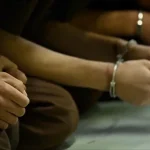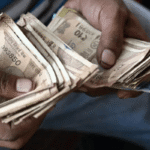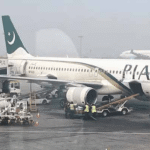Ms Hasina ruled Bangladesh, a country of 170 million people, for nearly 15 years until a student protest to abolish civil service quotas escalated into a larger and more violent anti-government movement. To date, at least 280 people have died in conflicts between police and anti-government protesters.
In June, Ms Hasina paid two visits to India in two weeks.
Her initial visit was to see Indian Prime Minister Narendra Modi’s oath-taking ceremony. Following that, she paid a two-day state visit to India, the first by a head of government since Mr Modi’s Bharatiya Janata Party-led coalition won its third consecutive legislative election.
The camaraderie was evident. “Bangladesh greatly values its relations with India,” Ms Hasina stated. “Come to Bangladesh to witness what we have done and plan to do” .
India maintains a particular relationship with Bangladesh. The neighbors share a 4,096-kilometer (2,545-mile) border, as well as linguistic, economic, and cultural relations. Bangladesh, originally East Pakistan, was established following a 1971 war with West Pakistan (now Pakistan), in which India supported Bengali nationalists. Bilateral trade among the two countries is fine.







